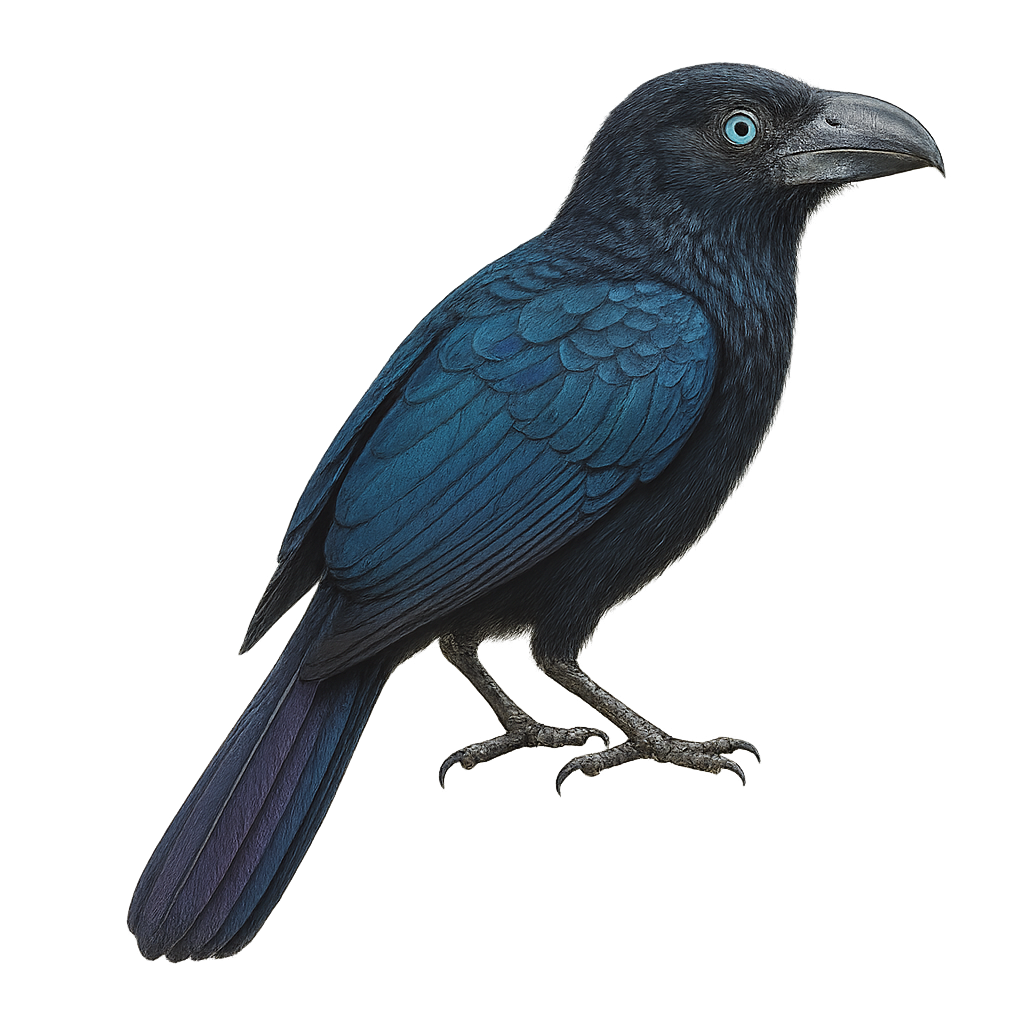Your wildlife photography guide.
Explore the greater ani in detail, study its behavior, prepare your shots.
Where to observe and photograph the greater ani in the wild
Learn where and when to spot the greater ani in the wild, how to identify the species based on distinctive features, and what natural environments it inhabits. The WildlifePhotographer app offers tailored photography tips that reflect the greater ani’s behavior, helping you capture better wildlife images. Explore the full species profile for key information including description, habitat, active periods, and approach techniques.
Greater Ani
Scientific name: Crotophaga major

IUCN Status: Least Concern
Family: CUCULIDAE
Group: Birds
Sensitivity to human approach: Suspicious
Minimum approach distance: 10 m
Courtship display: November to March
Incubation: 15-18 jours
Hatchings: November to April
Habitat:
Wetlands, swamps, flooded forests
Activity period :
Primarily active during the day, with peak activity in the morning and late afternoon.
Identification and description:
The Greater Ani, scientifically known as Crotophaga major, is a bird belonging to the Cuculidae family, predominantly found in South America. It is recognized by its glossy black plumage and thick, curved bill. This bird measures about 48 cm in length and is often seen in noisy groups. It inhabits wetlands, swamps, and flooded forests. The Greater Ani is a social bird that builds communal nests where multiple females lay their eggs. Its diet mainly consists of insects, small vertebrates, and fruits. Although relatively common within its range, it is sometimes threatened by the destruction of its natural habitat.
Recommended lens:
400mm – adjust based on distance, desired framing (portrait or habitat), and approach conditions.
Photography tips:
To photograph the Greater Ani, focus on wetlands where it is often active. Use a telephoto lens of at least 400mm to capture detailed images without disturbing the bird. Be patient and observe the group's behavior to anticipate their movements. The best photos are often taken when the bird is feeding or interacting with its peers. Take advantage of morning or afternoon light for optimal lighting and vibrant colors.
From knowledge to field practice
A species profile helps you understand an animal. In the field, the challenge is often different. Remembering your own observations.
The WildlifePhotographer app allows you to:
• record your personal observations
• note locations, dates, and behaviors
• revisit your field references over time
• build a private and long-term field logbook
The app does not provide observation locations.
It helps you organize what you actually observe, with respect for wildlife.

